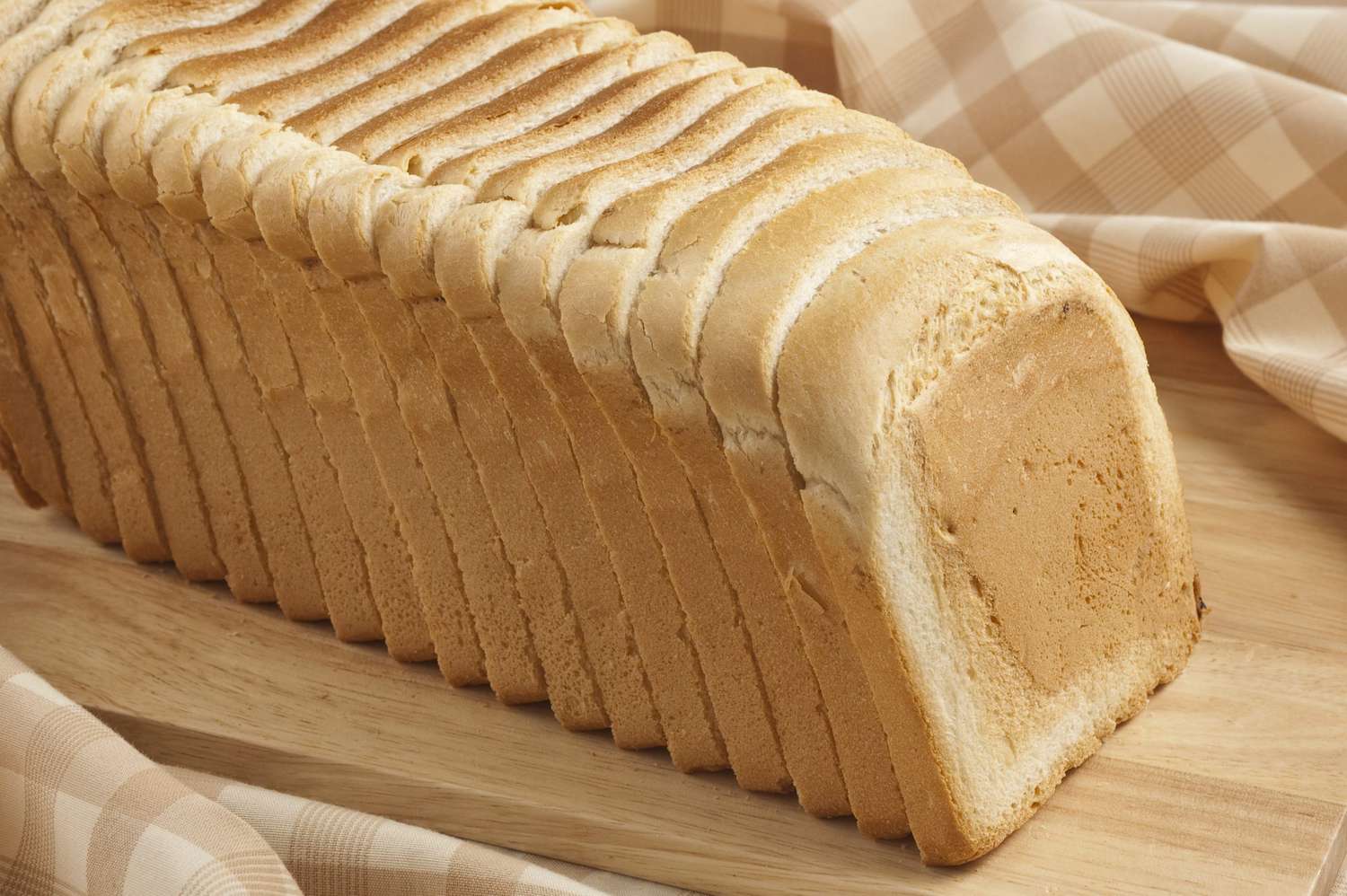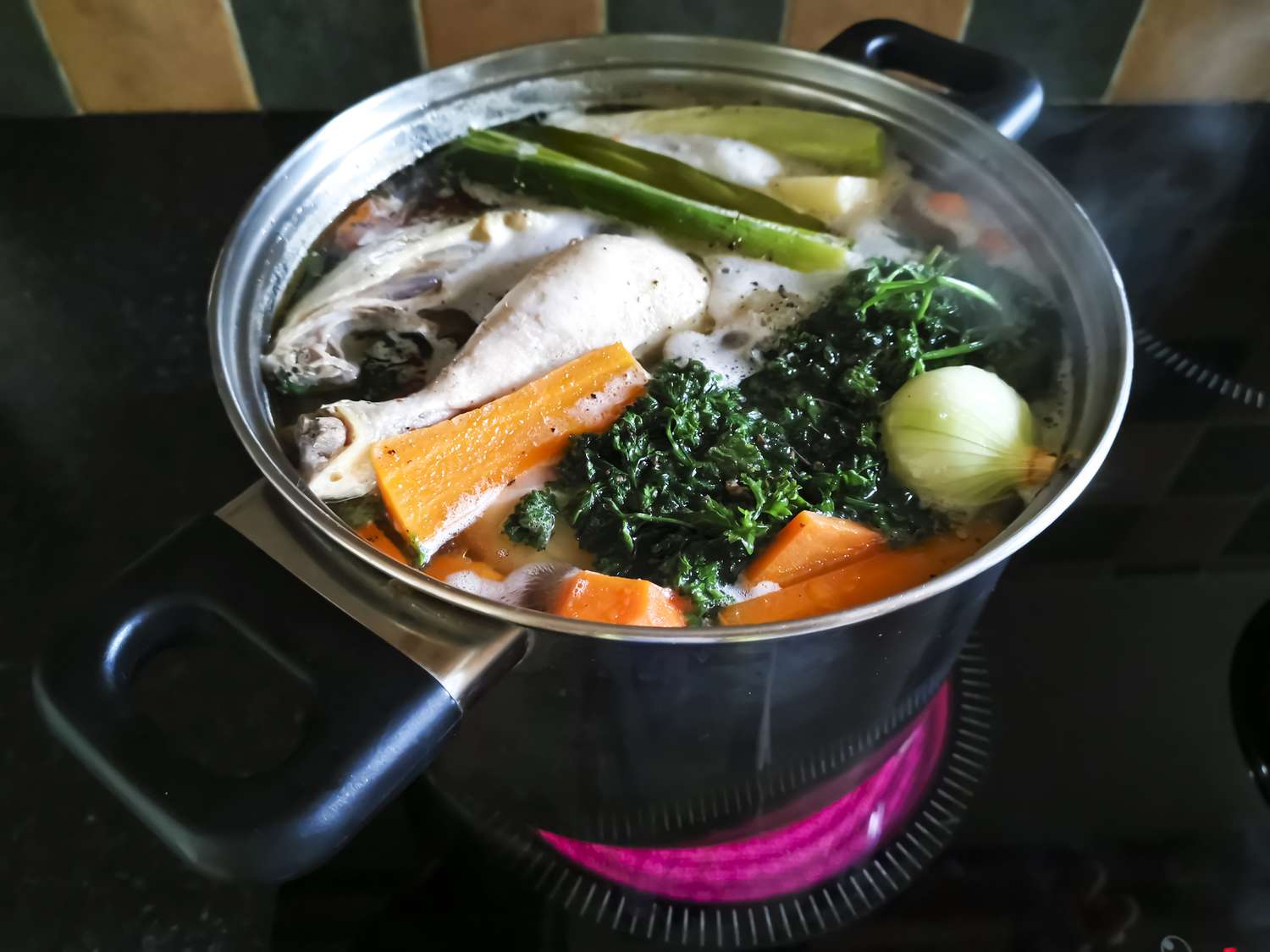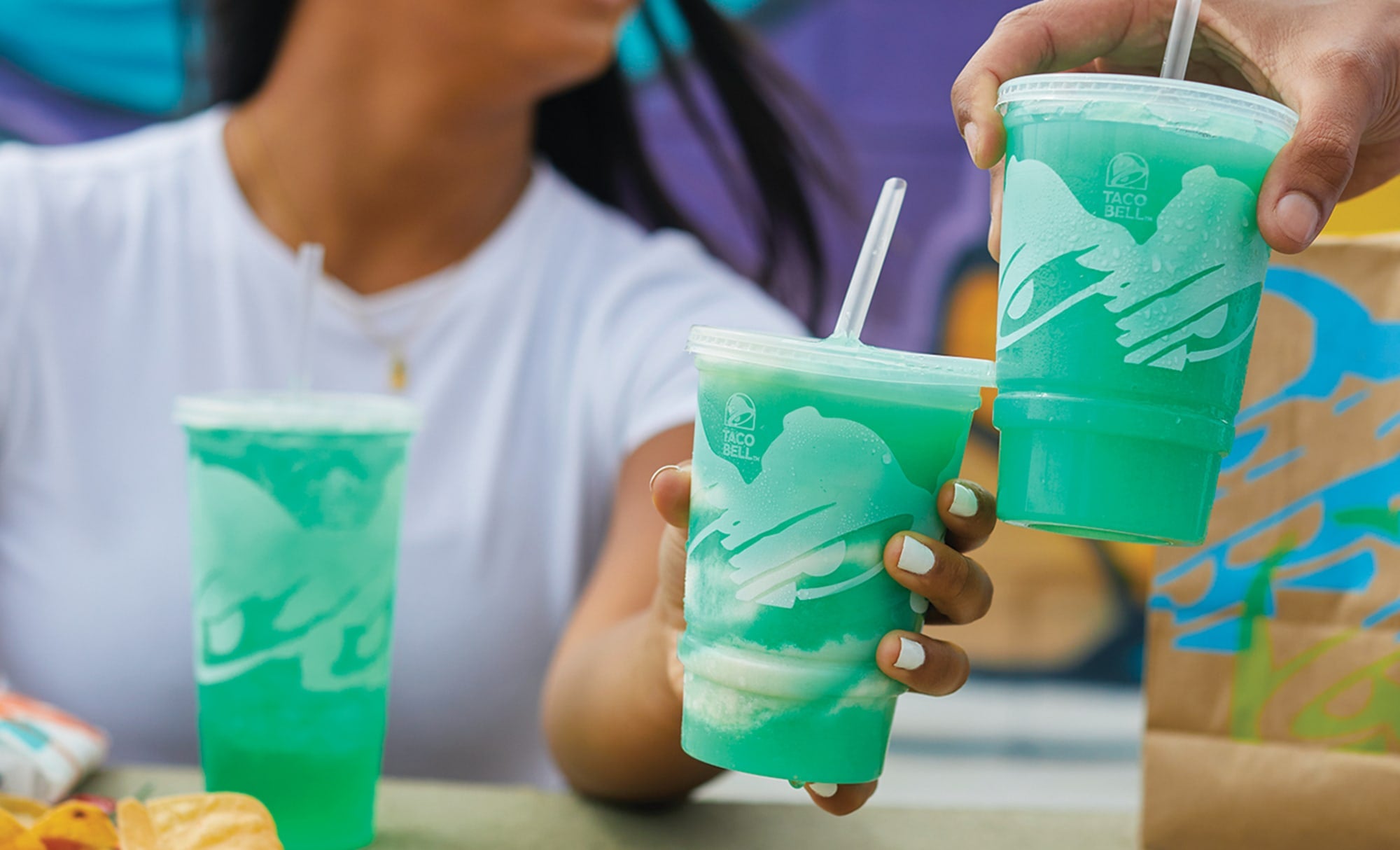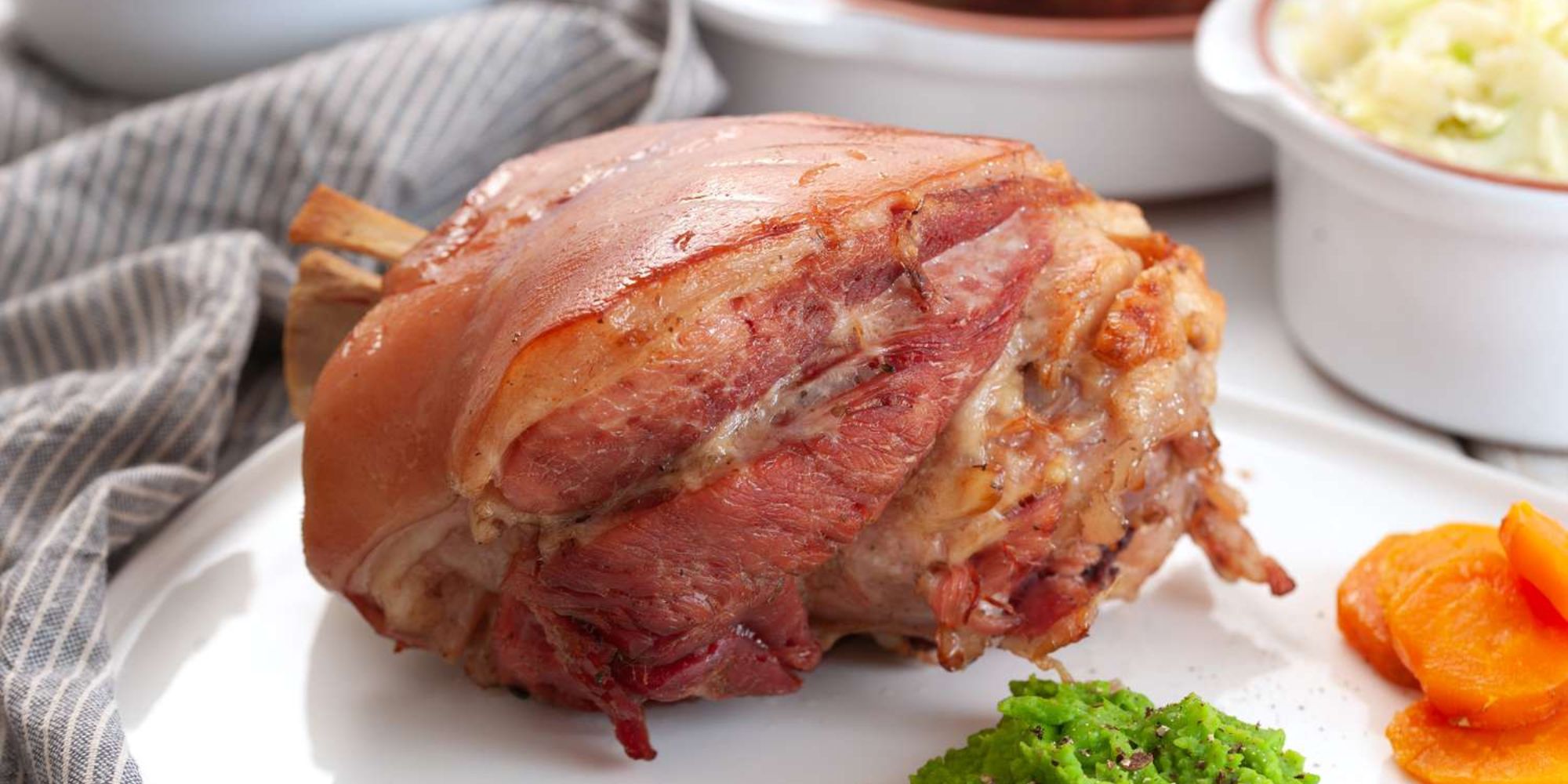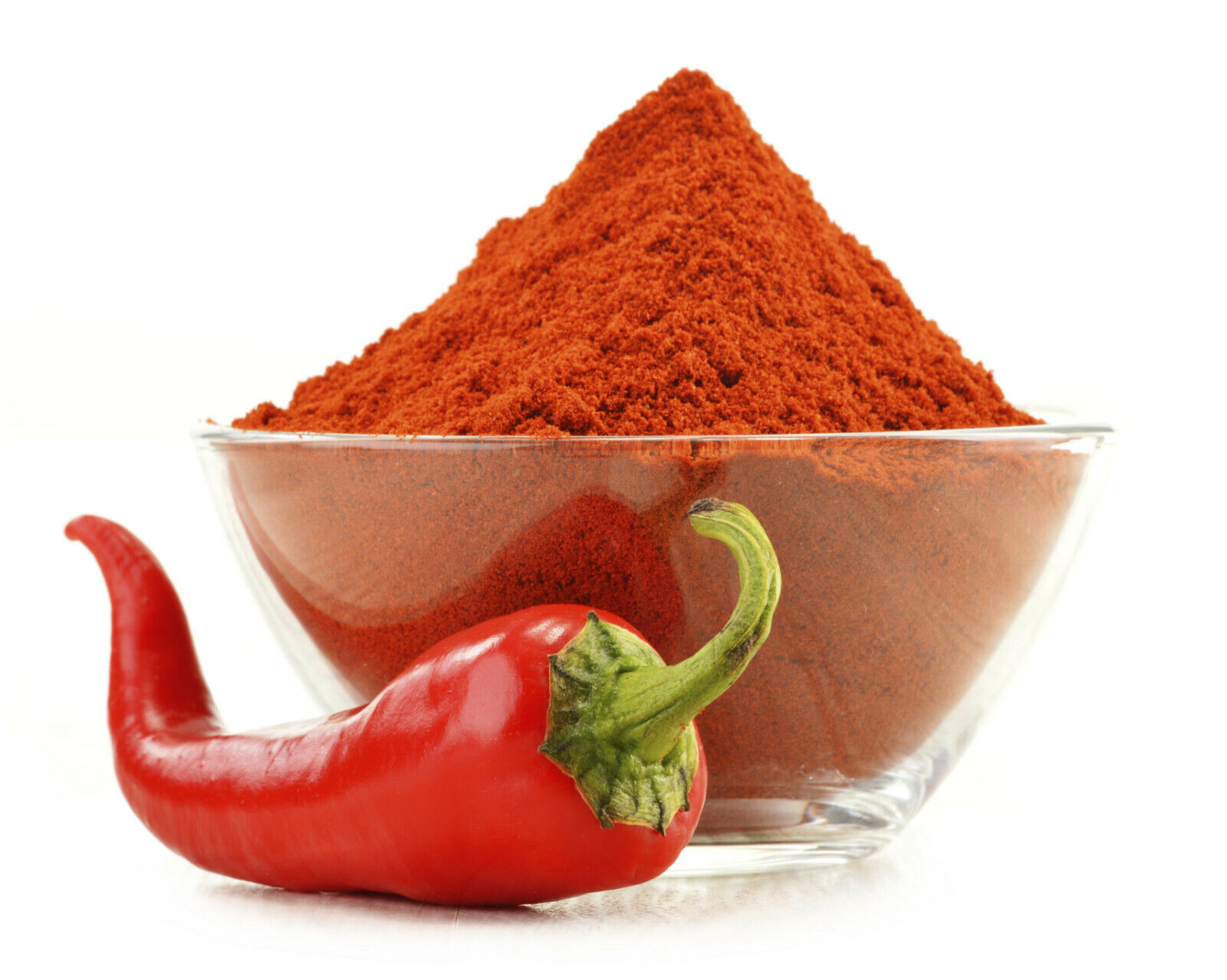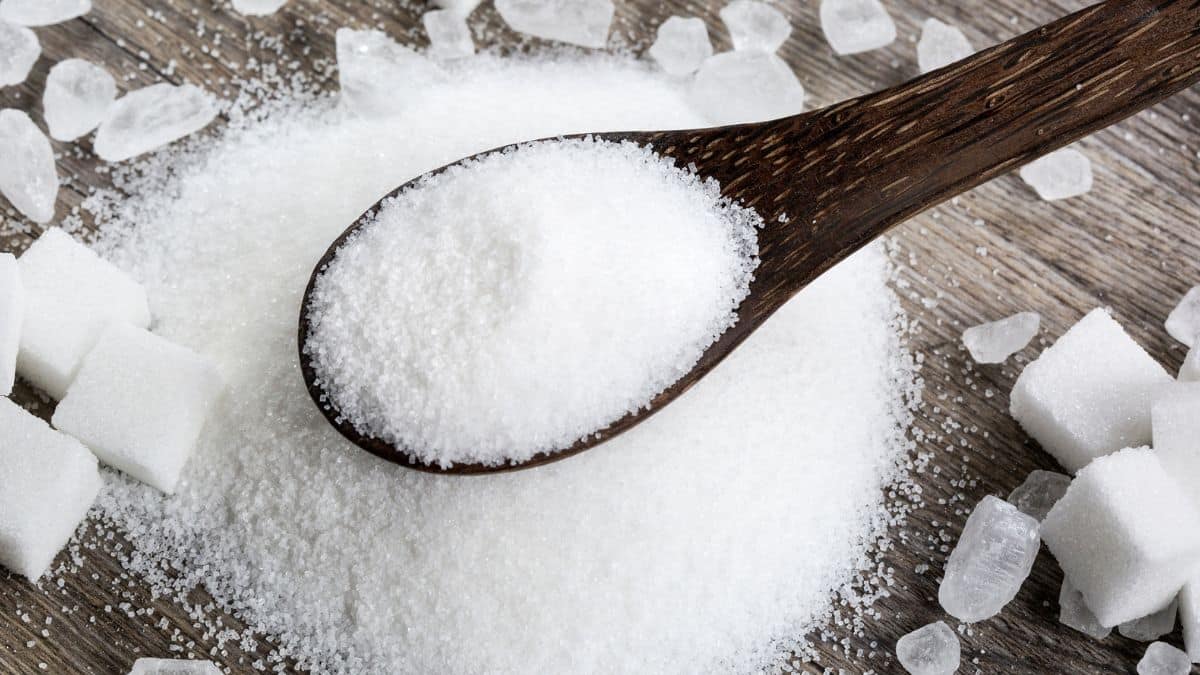When it comes to cooking and baking, choosing the right type of fat or oil can make a big difference in the outcome of your dish. Two common options that you may come across in recipes are creamy liquid shortening and clear frying oil. While they may seem similar, there are some key differences between the two. Let's take a closer look at each to understand their unique characteristics and best uses.
Creamy Liquid Shortening
Creamy liquid shortening is a versatile cooking fat that is often used in baking and frying. It is made from vegetable oils, such as soybean or cottonseed oil, that have been partially hydrogenated to give it a creamy texture. Here are some key points to consider about creamy liquid shortening:
- Texture: As the name suggests, creamy liquid shortening has a smooth and creamy texture, which makes it easy to blend into batters and doughs.
- Flavor: It has a neutral flavor, allowing the other ingredients in your recipe to shine through without adding any distinct taste.
- Versatility: Creamy liquid shortening can be used for a variety of cooking methods, including baking, frying, and sautéing.
- Functionality: It helps create tender and moist baked goods, and it can also be used for deep frying due to its high smoke point.
Clear Frying Oil
Clear frying oil, on the other hand, is a type of cooking oil that is specifically designed for frying. It is often made from oils such as canola, corn, or sunflower oil, and is refined to have a clear appearance. Here are some key points to consider about clear frying oil:
- Appearance: As the name suggests, clear frying oil is transparent in color, which allows you to monitor the browning of your food during frying.
- Flavor: Like creamy liquid shortening, clear frying oil has a neutral flavor, making it suitable for a wide range of dishes.
- High Smoke Point: It has a high smoke point, which means it can be heated to a high temperature without burning or producing off-flavors.
- Best for Frying: Clear frying oil is specifically designed for deep frying, making it ideal for crispy and golden results.
Key Differences
Now that we've explored the characteristics of both creamy liquid shortening and clear frying oil, let's highlight the key differences between the two:
- Texture: Creamy liquid shortening has a creamy texture, while clear frying oil is, as the name suggests, clear and liquid.
- Versatility: Creamy liquid shortening is versatile and can be used for baking, frying, and sautéing, while clear frying oil is best suited for deep frying.
- Functionality: Creamy liquid shortening helps create tender and moist baked goods, while clear frying oil is ideal for achieving crispy and golden fried foods.
Choosing the Right Option
When deciding between creamy liquid shortening and clear frying oil, it's important to consider the specific requirements of your recipe. If you're baking a batch of cookies or preparing a cake, creamy liquid shortening may be the best choice for achieving a tender and moist texture. On the other hand, if you're planning to deep fry foods such as chicken or French fries, clear frying oil would be the more suitable option for achieving crispy and golden results.
In conclusion, while both creamy liquid shortening and clear frying oil are versatile cooking fats, they each have unique characteristics that make them better suited for specific cooking methods. By understanding their differences, you can make informed decisions when selecting the right fat or oil for your culinary creations.
Was this page helpful?
Read Next: What Is The Healthiest Little Debbie Snack




